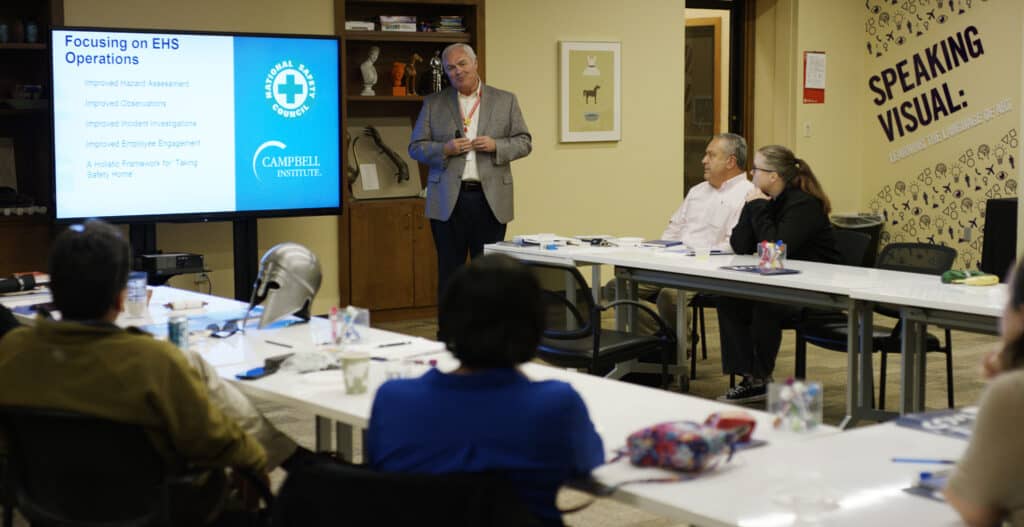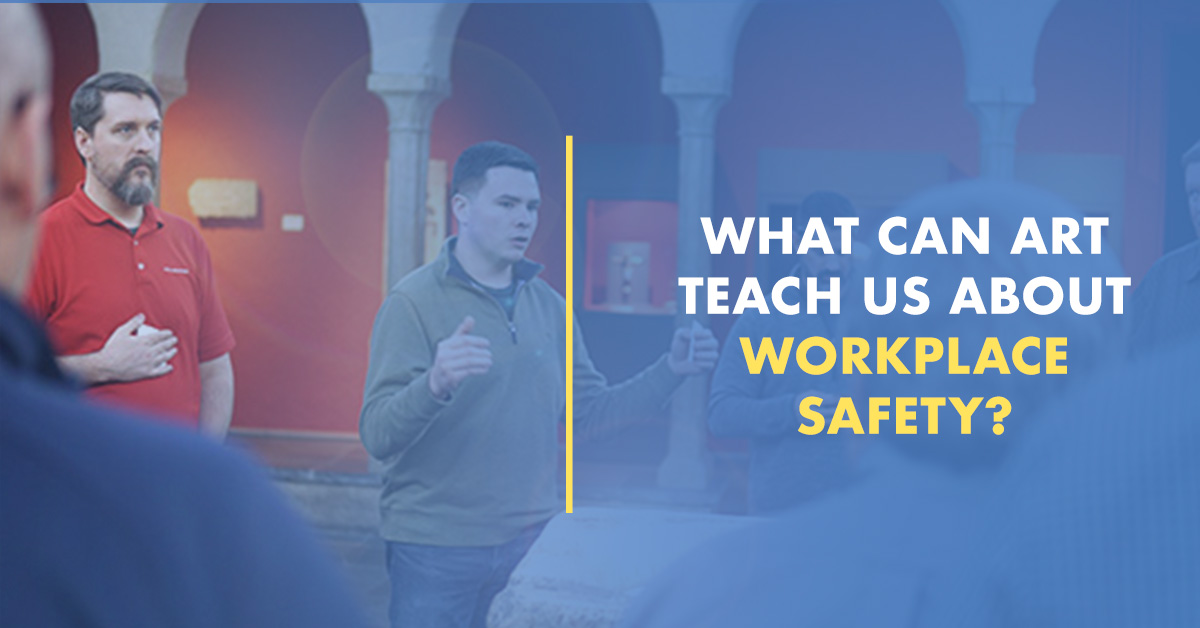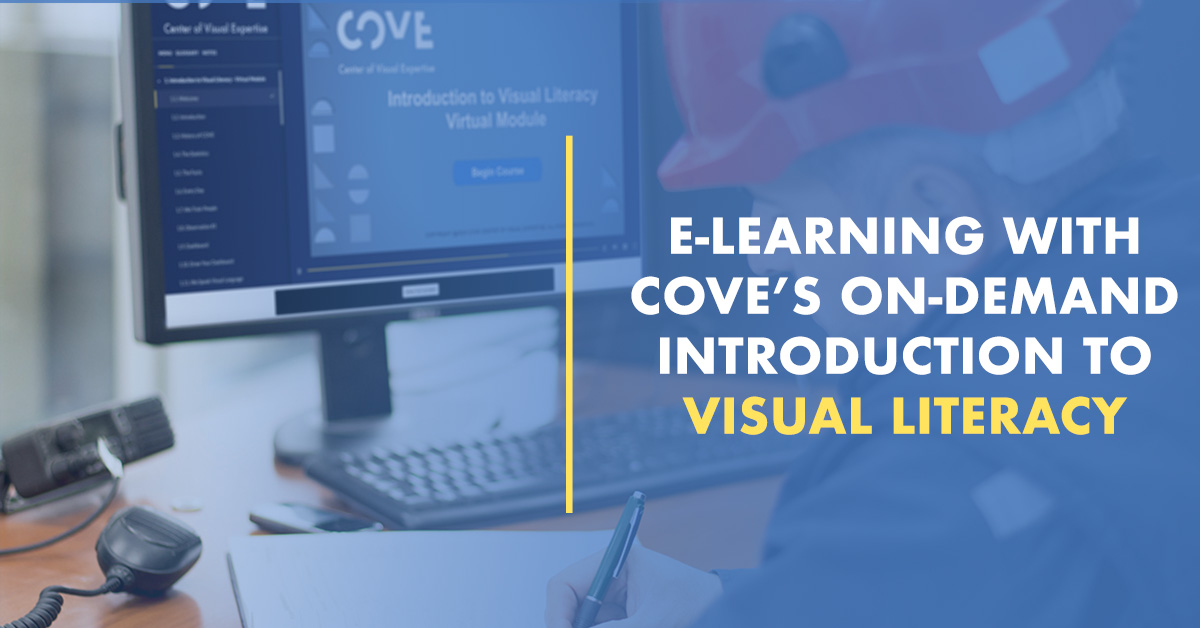Balancing Tradition and Innovation in Visual Literacy Training
I have been training people for most of my adult life—from rambunctious high schoolers to legions of corporate employees in a variety of industries. Even my own children (though I will give my wife most of the credit for that success). And while I have come to rely on a variety of traditional techniques to be successful, Visual Literacy training requires some modifications in both technique and approach from more traditional training. Though more effort and time is required, when done well the impact can be immense.
Be A Guide, Not An Instructor
Often times, we confuse successful training with the imparting of important information. This happens all the time throughout most corporations: the sage on the stage–This is important for you to know, so I am going to tell you all about it. That may be moderately acceptable for policy (though I think most could do better) but not the best approach for Visual Literacy. We could simply lecture people about various techniques, and they might try some of the recommendations; however, I doubt they will actually “see” any better.
We know that employees are willing to tolerate the ideas of leadership, but they only truly change their behaviors when they have that “aha” moment, when they come to the realization on their own. That’s where the trainer comes in.
We must guide them on the journey, help them realize what they are currently missing, and lead them to their own conclusions. While it might feel like playing visual tricks on the participants, in reality you are helping them recognize their inability to truly see.
Additionally, by allowing participants ample opportunity to practice techniques and share their findings with fellow participants, you further cement your role as the guide on the journey.
Be Strategic
Let’s face it: corporate trainers are overwhelmed, needing to train a variety of topics from general orientations to financials, so it is very easy to treat Visual Literacy like every other compliance and safety training. However, visual literacy is more than adjusting the way someone behaves at work; it is about how I “look”:
- at work
- at home
- on the road
- in the parking lot
- everywhere
Our goal as a trainer is not only for people to understand Visual Literacy intellectually, but to also embrace it on a daily basis in every aspect of their lives. Visual literacy spans that work/life divide. As trainers, we need to be strategic in helping people to see the applicability of the techniques.
While the training will require lots of site examples, don’t shy away from including examples of home and life outside of the workplace. The more people see Visual Literacy’s relevance to them personally, the more quickly they will be able to adopt it in all facets of their lives.
Be Practical
Most trainings have a goal of imparting knowledge to the end user; thus, people attend the class, review and learn the information, and then leave—often times with the expectation of figuring out how to apply the newly-gained knowledge to their lives. Of course, people go back to work and many times quickly revert to old behaviors–not because they don’t care or they didn’t find the information helpful; they are simply overwhelmed and busy.
The beauty of Visual Literacy is it is not a new model or approach, rather it simply augments what we already do on a daily basis. As trainers we need to assist our clients in transferring the learning from the classroom to the shop floor, thus helping all to create a safer place to live and work.
Consider your audience and how they naturally meet (safety huddles, morning meetings, etc.) and develop easy to implement examples and questions:
- a three-minute Visual Literacy example or assignment
- regularly asking workers who used various techniques
- or providing daily assignments (ie, hazard hunt) with one visual literacy dimension.
Incorporating Visual Literacy into already existing practices and environments will ensure that the concepts and processes are not only learned but truly embraced.
Let’s face it, these three bullets are not rocket science, but they require more commitment on the part of the trainer than simply following the leader’s guide. It requires a belief and dedication to the concept that when we all truly see better, the world we work and live in is truly a safer place….and isn’t that worth the extra effort?
Empowering Your Team: The COVE Train-the-Trainer Model
COVE’s Train the Trainer approach is designed to enable your organization the ability to ‘self implement’ Visual Literacy. We provide a complete overview of modules, exercises and accompanying materials, and guidance on how to leverage within your own existing safety programs. For additional information regarding Train the Trainer we encourage you to download the program guide HERE.




